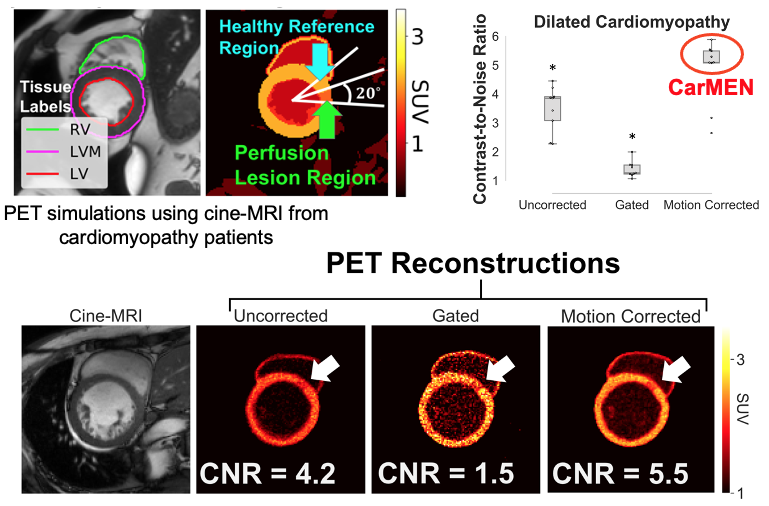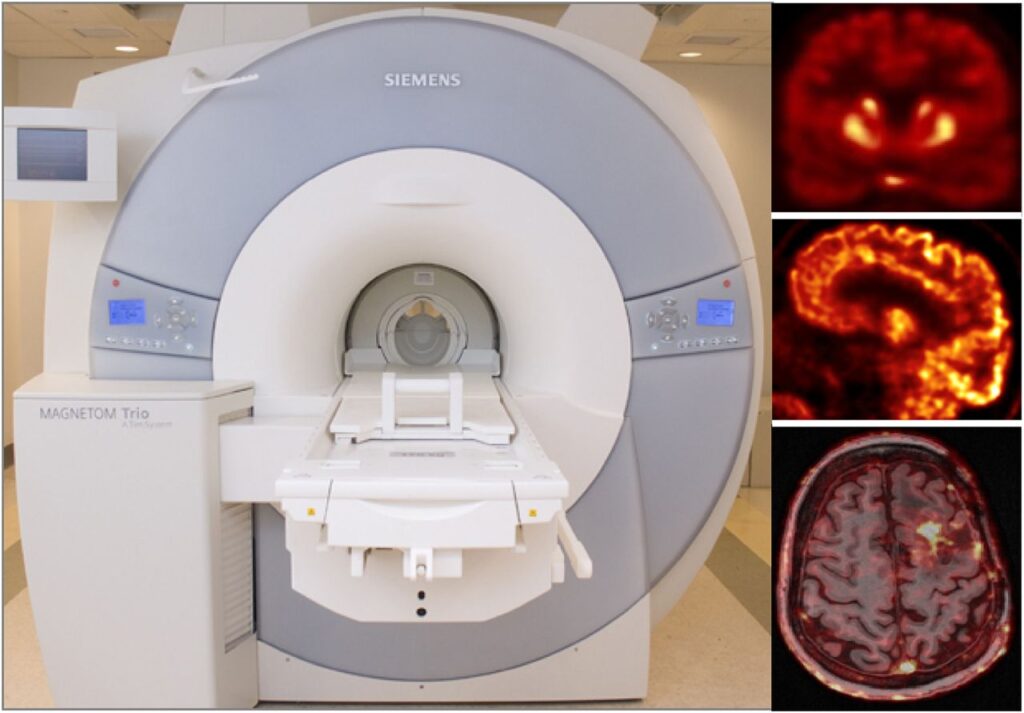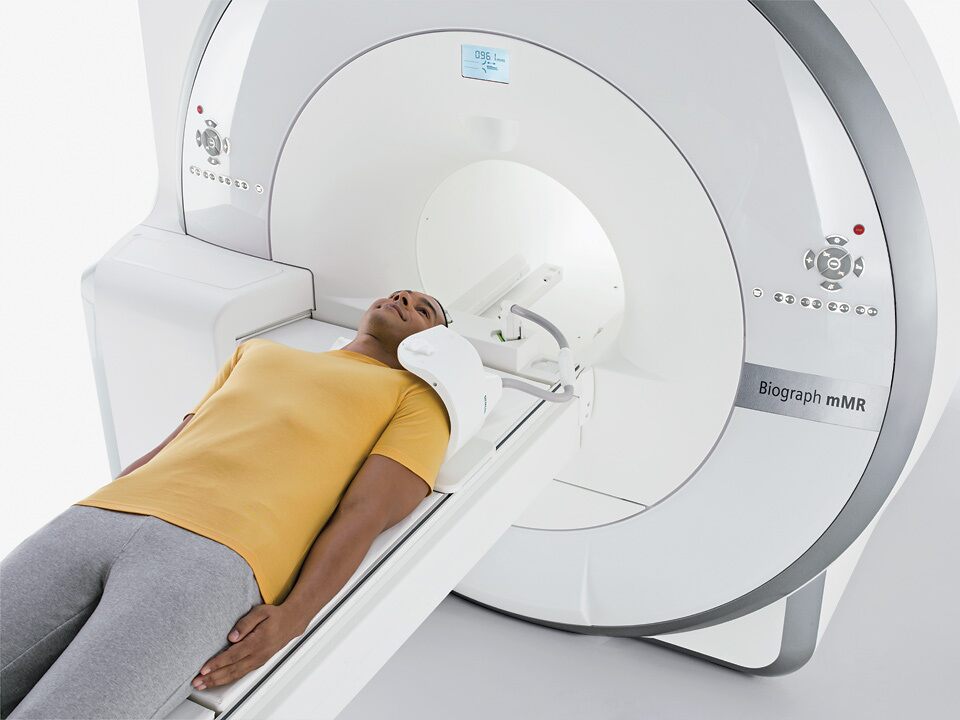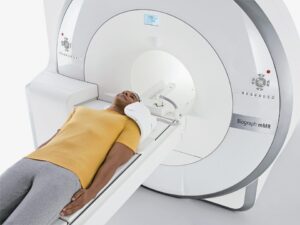Motion correction for cardiac PET-MRI studies
We proposed an unsupervised deep learning-based approach for deformable three-dimensional cardiac MR image registration. This method learns a motion model that balances image similarity and motion estimation accuracy. We validated our approach comprehensively on three datasets and demonstrated higher motion estimation and registration accuracy relative to several popular state-of-the-art image registration methods (Morales 2019).
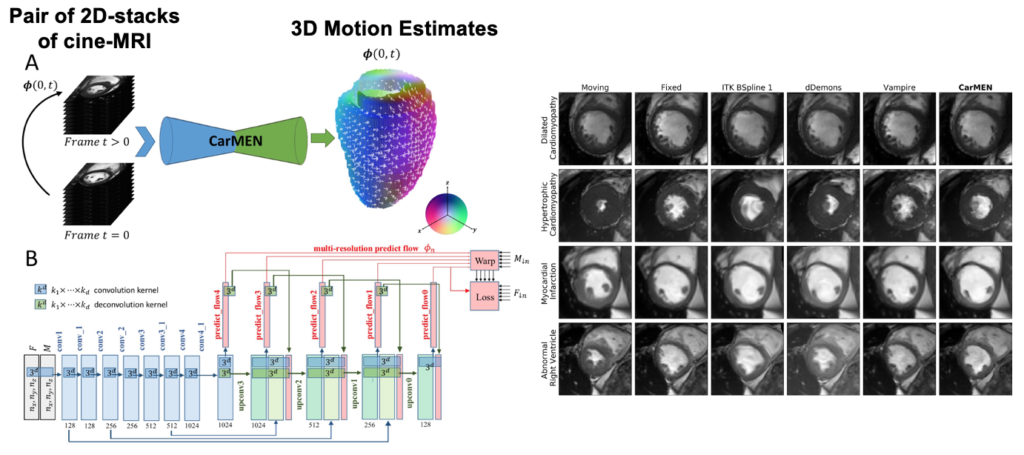
When used for PET motion correction, CarMEN led to an increase in the contrast-to-noise ratio in the simulated perfusion lesions (Morales et al, ISMRM/SNMMI co-provided PET/MRI Workshop, New York 2019).
